When you mention engagement ring, most of us think of a simple band with a single diamond, shining and sparkling with love and promise. This is known in the jewelry trade as a solitaire engagement ring. The development of today’s solitaire rings really began in the late 1800’s when several new technologies brought jewelers the means to experiment with fresh ideas and expressions of this most simple of rings.
The solitaire style was popularized in 1886 by Tiffany & Co, when they introduced the classic six prong setting shown above. This early solitaire featured a single diamond held up to the light supported by six prongs.Their primary innovation was the use of six prongs in a light weight open mounting.
At the time, most fine jewelry was fabricated from sheet and wire. The Tiffany goldsmiths started by forming a small cone of sheet gold, cutting off the pointed end, then sawing, carving and filing the piece into the form we see here. By cutting 6 equal and deep V notches down from the wide end of the cone, then making 6 shallow V‘ s up from the bottom, they were able to create the graceful “Tiffany” setting which was then soldered on to the ring shank.
Note – The actual setting that holds the diamond is now known in the trade as a “head” or “crown”, while the part that goes around the finger is known as a “shank.”
This Art Nouveau solitaire features a more elaborately carved white gold head set onto a styled band.
Around the turn of the century when platinum was all the rage, jewelers made solitaires like this Edwardian ring . The yellow gold ring shank was overlaid with a thin layer of platinum hand engraved with a graceful design. This jeweler used a 6 prong head similar to the earlier Tiffany style to set the diamond.
During the late 1800’s and early 1900’s, the Industrial Revolution brought die striking technology to the jewelry industry in a big way. A two part steel tool known as a die and hub was used to stamp and form a design onto a sheet of precious metal. Steel rollers were also hand engraved with designs that could then be embossed onto a precious metal wire. Often, two die struck halves were soldered together to make a lightweight yet strong hollow form like this delicate Art Deco solitaire. The larger look of the design allowed using a smaller stone while creating a real presence at an affordable price.
The styles of Art Nouveau-Art Deco era included domed shapes like this die-struck solitaire. The basic form was create, then pierced and engraved by hand into the filigree style.
Other goldsmiths still preferred to execute their designs by fabricating them from sheet and wire parts, like this dramatic hexagonal Art Deco solitaire with typical repetitive geometric elements.
Precision lost wax casting developed in the early 20th century by the dental profession revolutionized modern jewelry making. Casting allows the jeweler to make multiple copies of a design without the expense of a costly steel die and hub. It also allows greater flexibility in the geometry and form of jewelry. These three modern designer solitaires show curved prongs that cross over each other, as well as variations of shank width and shape.
Modern period solitaires have generally returned to a simpler look, a single stone on a simple band. These two cast solitaires show the difference between high polish or decoration with hand engraving– giving our brides the choice between a bright modern look or a beautifully detailed vintage style.
This grand and bold solitaire of hand engraved platinum decorated with 18K yellow gold filigree combines casting, fabrication and hand engraving.
This popular design features a die struck head made from 3 flat stamped parts, slotted so they fit together into a round configuration. Because the parts are mass produced, this style is one of the least expensive solitaires.
This type of head is available in both 6 and 4 prong configurations and can be set with white or yellow gold die struck or cast shanks. Note how the notched shank fits snugly into the sides of the head.
Today’s brides often prefer diamond shapes other than round. Modern cutting technology has brought us innovative new cuts and shapes. The square or rectangular shapes such as the Princess, Radiant, Emerald, and Asscher cuts are especially popular. This Tiffany solitaire features a beautiful Radiant cut.
Many brides now choose colored gems over diamonds as a way to express their individuality. Mardon made this beautiful custom solitaire to show off an exquisite natural Padparadscha sapphire. Computer Aided Design (CAD) helped us create a wonderful piece efficiently while allowing our client creative input in the design process– a truly special experience for a young couple just starting out.
The modern solitaire has truly matured over the last century propelled by technology, creativity, and innovation. Couples now can choose between more styles, decorative treatments, unique diamond and gems than ever. We at Mardon pride ourselves in offering the latest choices and options to our clientele. Give us a call or stop by the shop– we offer a full range of wedding jewelry, including genuine vintage, designer, or custom rings.
james l. sweaney cga fga. gg
Latest posts by james l. sweaney cga fga. gg (see all)
- Hand Engraving– the Ultimate Jewelry Decoration - November 12, 2015
- Benitoite & Platinum Engagement Ring–Strictly Custom - September 4, 2014
- The Creative Process in Us All - August 8, 2014
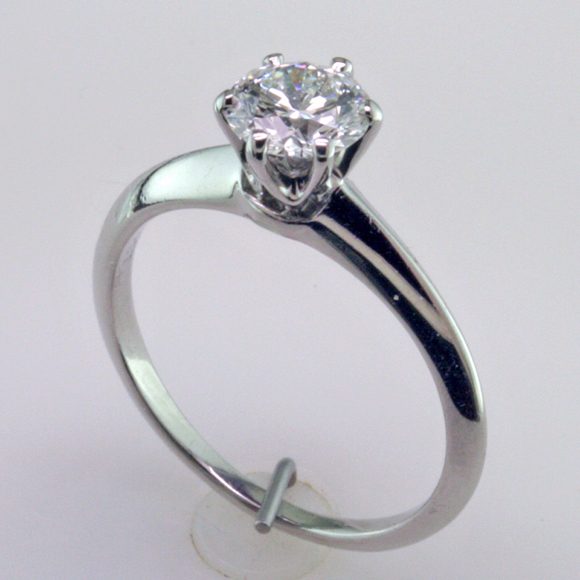
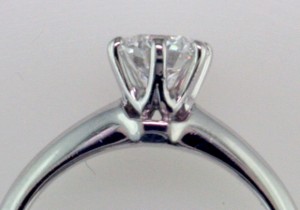
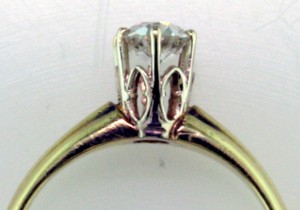
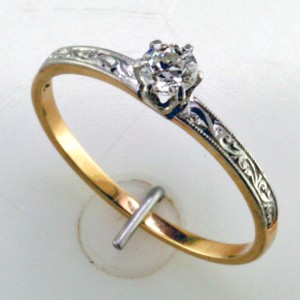
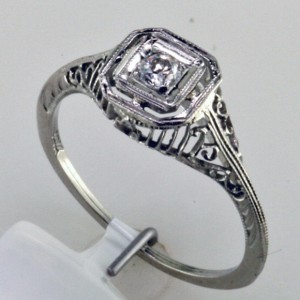
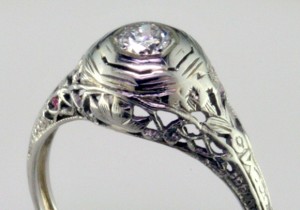
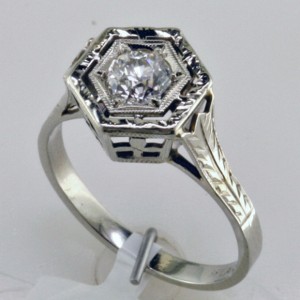
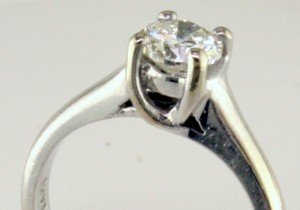
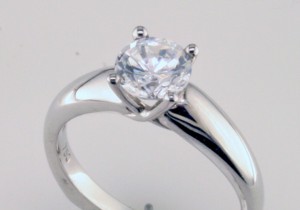
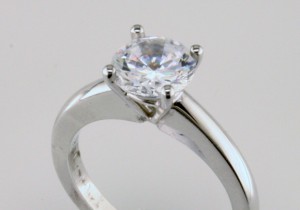
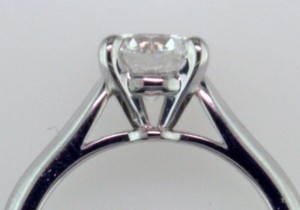
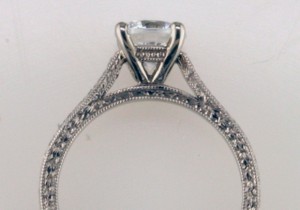
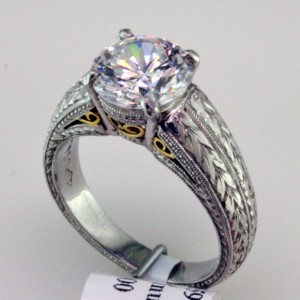


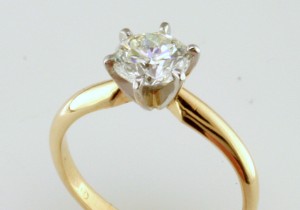

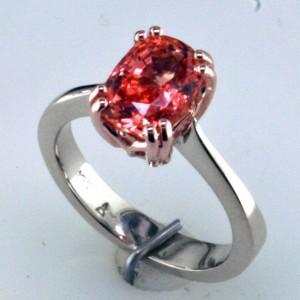
Post a Comment